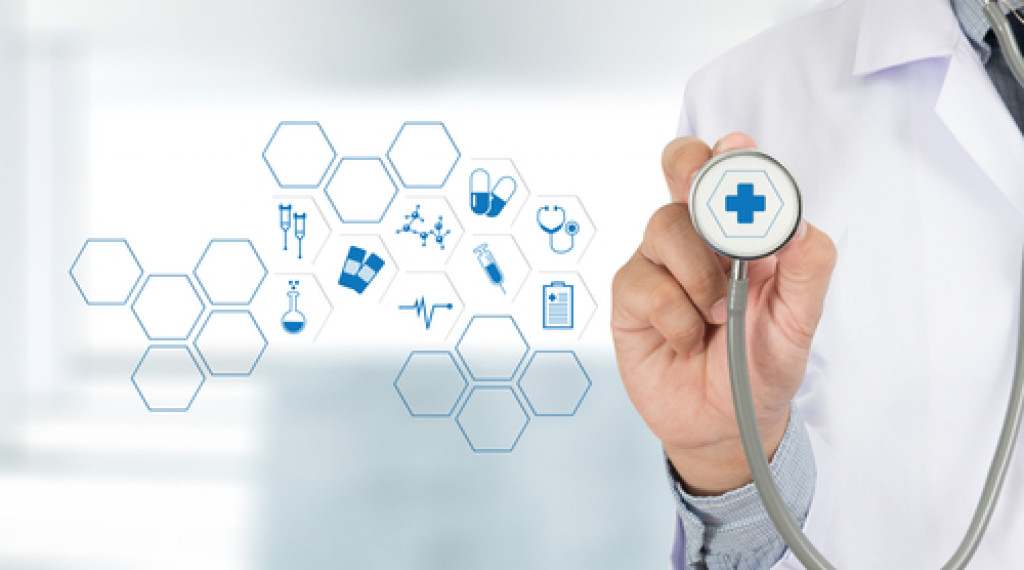• Telemedicine and remote monitoring have enabled people to access medical advice from home.
• Advanced imaging and laboratory equipment allow doctors to diagnose illnesses more quickly and accurately.
• 3D printing enables doctors to create custom implants and prosthetics for patients with precise measurements.
• Artificial Intelligence (AI) is used to rapidly analyze large amounts of data in healthcare.
The healthcare industry has undergone a major transformation in recent years thanks to advances in technology. From artificial intelligence (AI) to telemedicine and virtual reality (VR), technology is revolutionizing the way people access healthcare and how care is delivered. Here’s a look at how technology is transforming this sector.
Telemedicine and Remote Monitoring
Thanks to the power of the internet and advances in communications technology, it’s now possible for people to access medical advice remotely. This means that patients can connect with their doctors or nurses over video calls, allowing them to receive treatment without having to leave their homes.
In addition, this type of remote healthcare can be used to monitor patients after they have been discharged from the hospital, allowing doctors and nurses to keep track of their progress and ensure that any post-treatment issues are identified early on. Just some of the applications are:
- Automated message systems that remind patients to take their medication or provide health-related advice
- Wearable devices that track a patient’s vital signs, such as heart rate and blood pressure
- Home monitoring kits for measuring glucose levels in people with diabetes.

Upgraded Imaging and Laboratory Equipment
Modern advances in imaging and laboratory technologies have also had an impact on healthcare. These tools enable doctors to diagnose illnesses quickly, accurately, and with fewer tests. Here are some examples:
Magnetic Resonance Imaging (MRI)
MRI scanners are now available in vertical models, making them easier and more comfortable for patients with limited mobility. Additionally, these alternative upright MRI scanners are more compact than traditional models, allowing medics to get a clear view of the organs in question without having to move the patient.
Computed Tomography (CT) Scans
CT scans are imaging tests that use special x-ray equipment to create detailed pictures of the body’s internal structures. With upgraded CT technology, doctors can now combine multiple images into a 3D image, which helps them identify issues faster and with greater accuracy.
DNA Sequencers
Laboratory equipment such as DNA sequencers can help diagnose conditions such as cancer or genetic disorders. By sequencing a patient’s DNA, medical professionals have access to valuable insights that can help them make informed decisions about treatments.
3D Printers
3D printing is also allowing doctors to create custom implants and prosthetics for patients with precise measurements. Not only does this reduce costs and waiting times, but it also means that the implants are perfectly tailored to the patient’s body.
Artificial Intelligence (AI)
AI has become increasingly popular in the healthcare industry due to its ability to provide rapid analysis of large amounts of data. Medical professionals use AI-based systems for everything from diagnostics and disease detection to robotic surgery assistance.
For example, AI-assisted diagnostics allow medical professionals to quickly identify illnesses or conditions using sophisticated algorithms that can analyze vast amounts of data in seconds. Meanwhile, AI-assisted robotic surgery allows doctors greater precision when treating complex conditions such as cancer or heart disease without having to perform open surgeries.
Combining these technologies together and developing a unified platform for the healthcare industry is key to making the most of it. By connecting all these systems together, medical professionals can provide better care to their patients and optimize existing services, leading to better health outcomes.

Virtual Reality (VR) and Augmented Reality (AR)
VR is also making an impact on the healthcare industry, providing an immersive experience that can be used for everything from training medical students to helping treat mental health conditions such as anxiety and post-traumatic stress disorder (PTSD).
VR allows users to explore simulated environments while receiving tailored support from experienced therapists, enabling them to learn new skills that can help them manage their symptoms more effectively. VR can also be used for pain management, allowing patients who suffer chronic pain conditions access treatments such as guided meditation or relaxation techniques without having to leave their home environment.
Furthermore, advances in augmented reality (AR) may soon allow medical professionals to project 3D images of organs onto a patient’s body, allowing them to identify issues more quickly and accurately. This will not only reduce the need for invasive exploratory surgery, but it will also enable doctors to treat conditions more effectively and with greater precision.
As you can see, technology is revolutionizing the way everyone accesses healthcare and how care is delivered across all areas of medicine—from diagnostics to treatment delivery and even patient monitoring after discharge from hospital or clinic visits. With technology advancing so rapidly, it won’t be long before the world sees even more transformative changes in healthcare.

